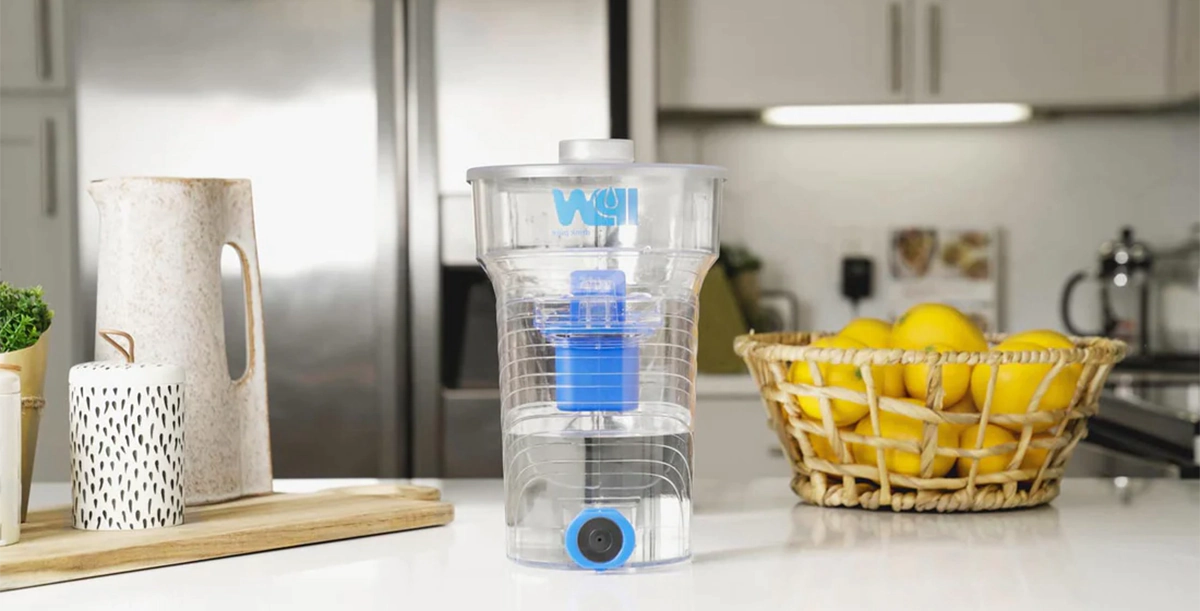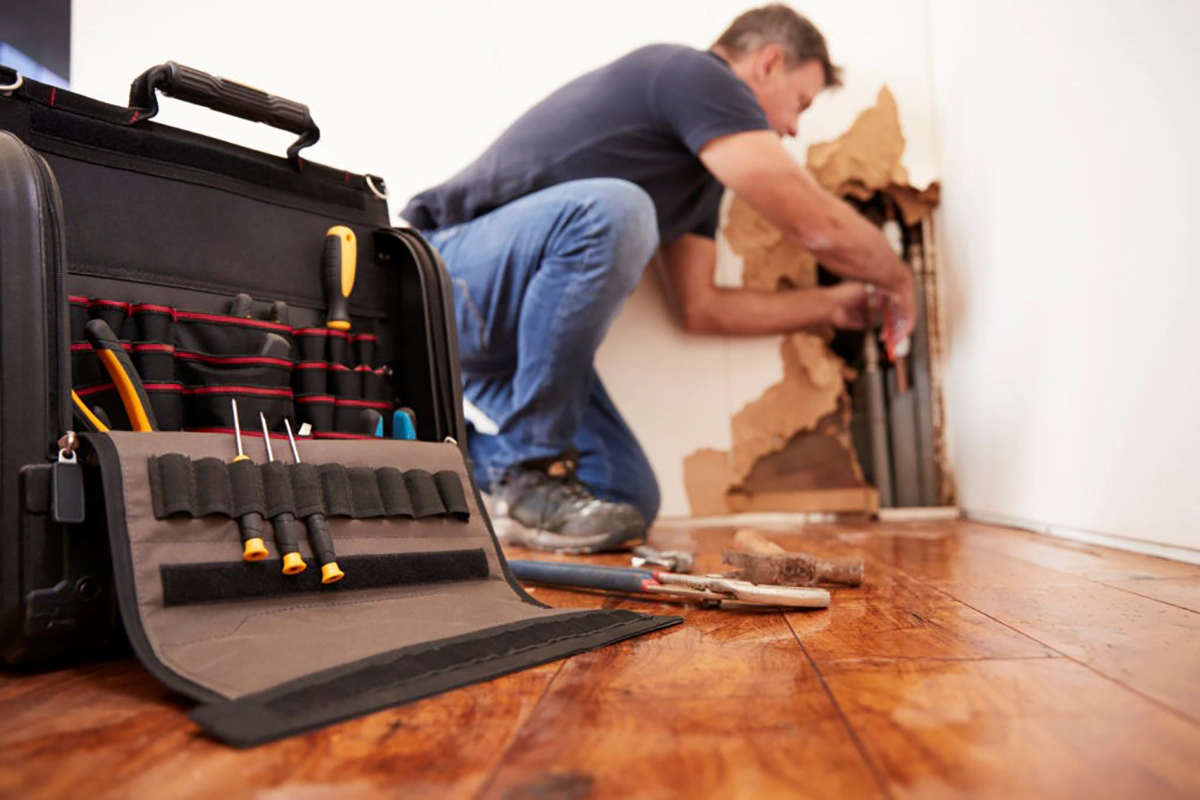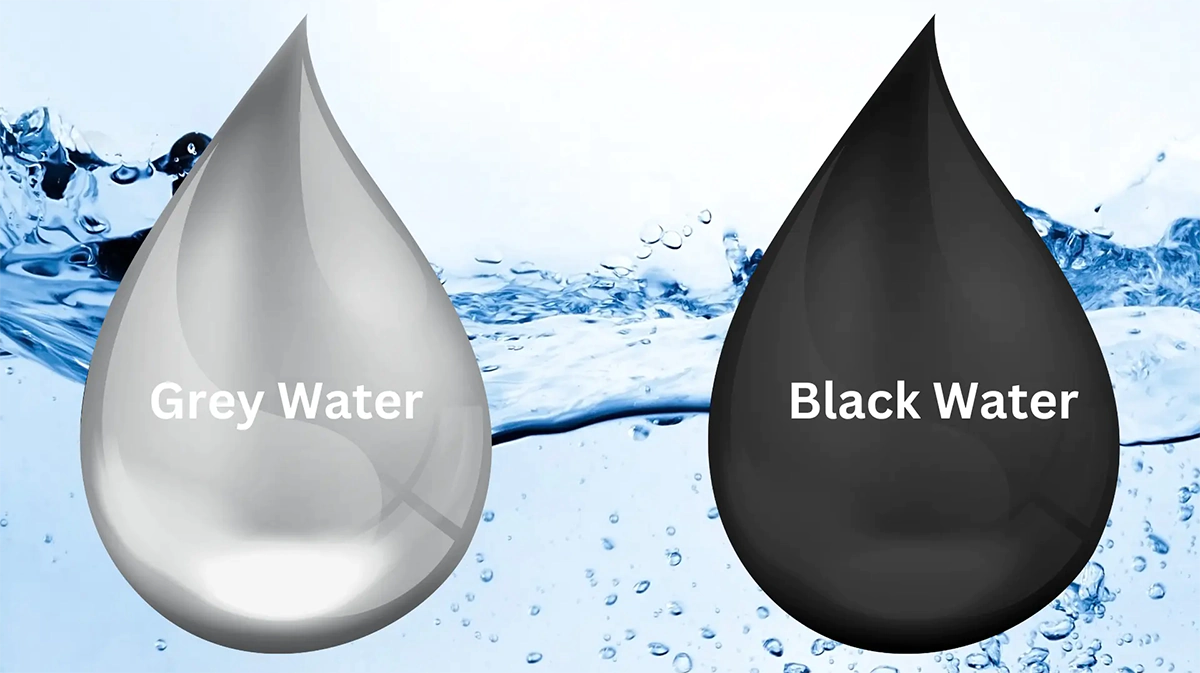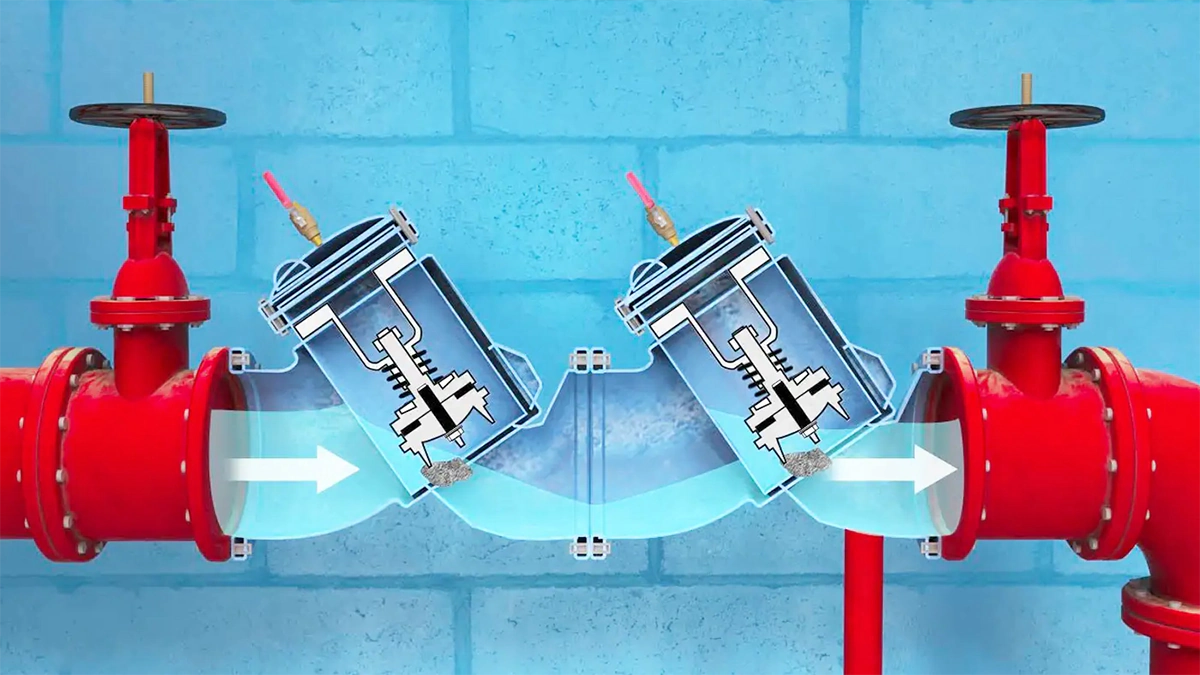Do you constantly deal with soggy patches, standing water, or a backyard that never seems to dry out, no matter the season? You’re not alone. Yard water problems in Toronto are more common than you might think — especially in areas with poor soil drainage or improperly graded lots. While occasional wet spots might not seem like a big deal, persistent water retention can damage your landscaping, erode soil, create mold issues, and even weaken your home’s foundation.
Fortunately, there’s a proven and highly effective solution: the French drain. In this article, we’ll explore why your backyard stays wet, how French drains work, and when you should consider professional drainage solutions.
Understanding the Problem: Why Is Your Backyard Always Wet?
Toronto homeowners often experience drainage issues due to several environmental and structural factors. Here are the most common causes of backyard flooding and excessive moisture retention:
1. Clay-heavy soil
Toronto and surrounding areas are known for having dense, clay-rich soil that retains water instead of allowing it to soak in or drain away. This makes your backyard more susceptible to puddles and standing water after rainfall.
2. Improper grading
Your yard should slope gently away from your home. If it’s flat or sloped toward the house, water naturally collects near the foundation or in low spots across the lawn, causing long-term damage.
3. Blocked gutters and downspouts
When rainwater can’t flow away from your roof properly, it spills over into your landscaping and saturates the ground near your home’s base. This increases the risk of basement leaks and yard flooding.
4. Hardscaping mistakes
Concrete patios, walkways, or poorly installed pavers may block natural water flow, trapping moisture in areas that can’t absorb it efficiently.
5. Lack of a proper drainage system
Many older homes in Toronto weren’t built with modern drainage solutions in mind. Without an efficient system like a French drain, water has nowhere to go.
How French Drains Solve Backyard Drainage Problems
So, what is a French drain, and why is it a game changer for waterlogged properties?
What Is a French Drain?
A French drain is a gravel-filled trench containing a perforated pipe that redirects water away from wet or low-lying areas. It’s often wrapped in a protective fabric (geotextile) to keep soil out of the pipe, allowing it to remain clear and functional for many years.
How Does a French Drain Work?
- Step 1: Surface water or groundwater enters the gravel trench.
- Step 2: Water flows into the perforated pipe buried beneath the gravel.
- Step 3: The pipe directs water away from the problem area toward a safer discharge point — like a storm sewer, rain garden, or dry well.
Why French Drains Are So Effective
- ✅ Targeted water control: French drains tackle specific wet zones, reducing or eliminating standing water in your backyard.
- ✅ Prevention of property damage: They protect your home’s foundation from water infiltration and reduce erosion.
- ✅ Invisible solution: Once installed, the drain is hidden under soil or sod, maintaining the aesthetics of your yard.
- ✅ Durability: With proper installation and maintenance, French drains can last 20–30 years or more.
CTA: Tired of soggy lawns and pooling water? Contact our drainage experts today and find out if a French drain is the right solution for your backyard!
French Drain Installation in Toronto: What You Need to Know
If you’re experiencing backyard flooding, it’s crucial to act quickly. Fortunately, French drain installation in Toronto is a service offered by many experienced contractors who understand the unique challenges of local soil and climate.
Key Steps in Installation:
- Site assessment: Professionals evaluate your yard’s topography, soil type, and existing water patterns.
- Trench excavation: A trench is dug with the proper slope to ensure optimal water flow.
- Pipe and gravel placement: The perforated pipe is placed at the trench bottom, surrounded by gravel and wrapped in a geotextile fabric.
- Backfilling and covering: The trench is backfilled, then topped with soil, grass, or decorative stone.
When to Call a Professional: Signs You Need a Drainage Assessment
Not sure if your water issue is serious enough for a French drain? Here are some clear signs you need help from a drainage expert:
Top Warning Signs:
- ⚠️ Pools of standing water linger for days after rain.
- ⚠️ Your lawn feels mushy or spongy underfoot.
- ⚠️ Water seeps into your basement or crawl space.
- ⚠️ You notice cracking, warping, or settling of your home’s foundation.
- ⚠️ Mold or mildew smells appear indoors — especially in lower levels.
These are strong indicators that you need a customized solution, such as wet backyard drainage solutions or a professionally designed French drain system.
Benefits of Professional French Drain Installation
Hiring a qualified contractor to install your system offers several advantages:
- ✔️ Expert grading and planning
- ✔️ Access to high-quality materials
- ✔️ Precise slope and depth calculations
- ✔️ Long-term reliability and warranty options
Avoid DIY shortcuts — improperly installed drains can fail quickly, leading to recurring issues and wasted money.
French Drains vs. Other Drainage Options
While French drains are highly effective at resolving issues related to standing water and saturated soil, they are often most beneficial when used alongside other drainage solutions. For example, surface swales are excellent for redirecting heavy surface runoff, especially on sloped properties. Dry wells can help absorb excess water deeper into the ground, preventing pooling in low-lying areas. Catch basins are ideal for collecting water from hard surfaces like patios or driveways, while sump pump systems are commonly used to prevent basement flooding by actively pumping water away from your home’s foundation. Depending on your property’s layout and specific drainage challenges, a combination of these methods — with the French drain as a core component — may offer the most effective and long-lasting results.
How Much Does It Cost?
In Toronto, the cost of French drain installation typically ranges from $2,500 to $10,000+, depending on factors like:
- Yard size and slope
- Soil conditions (clay vs. loam)
- Length and depth of trench
- Additional grading or landscaping needed
While this might seem expensive, consider it a long-term investment. Preventing foundation damage or landscape erosion can save you thousands in future repairs.
How to Fix Standing Water in Backyard: Extra Tips
In addition to installing a French drain, here are some complementary strategies:
- ✅ Re-grade the yard to ensure proper slope away from your house.
- ✅ Extend downspouts at least 6–10 feet from the foundation.
- ✅ Use rain barrels to divert roof runoff and reduce erosion.
- ✅ Plant water-loving shrubs or grasses in problem areas.
- ✅ Avoid compacting soil with heavy equipment, which can reduce absorption.
Combining several of these measures can significantly improve your drainage performance.
Final Thoughts: A Dry Backyard Is Possible
Don’t let your outdoor space become unusable due to yard water problems. Whether you’re dealing with puddles, flooding, or a perpetually soggy lawn, a backyard flooding French drain system could be the ultimate solution.
By investing in professional French drain installation in Toronto, you not only reclaim your yard but also protect your home and increase your property’s value.
Need Help?
If you’re ready to enjoy a dry, beautiful, and functional backyard — reach out to a local expert in wet backyard drainage solutions today. The sooner you act, the better your long-term results will be.





















